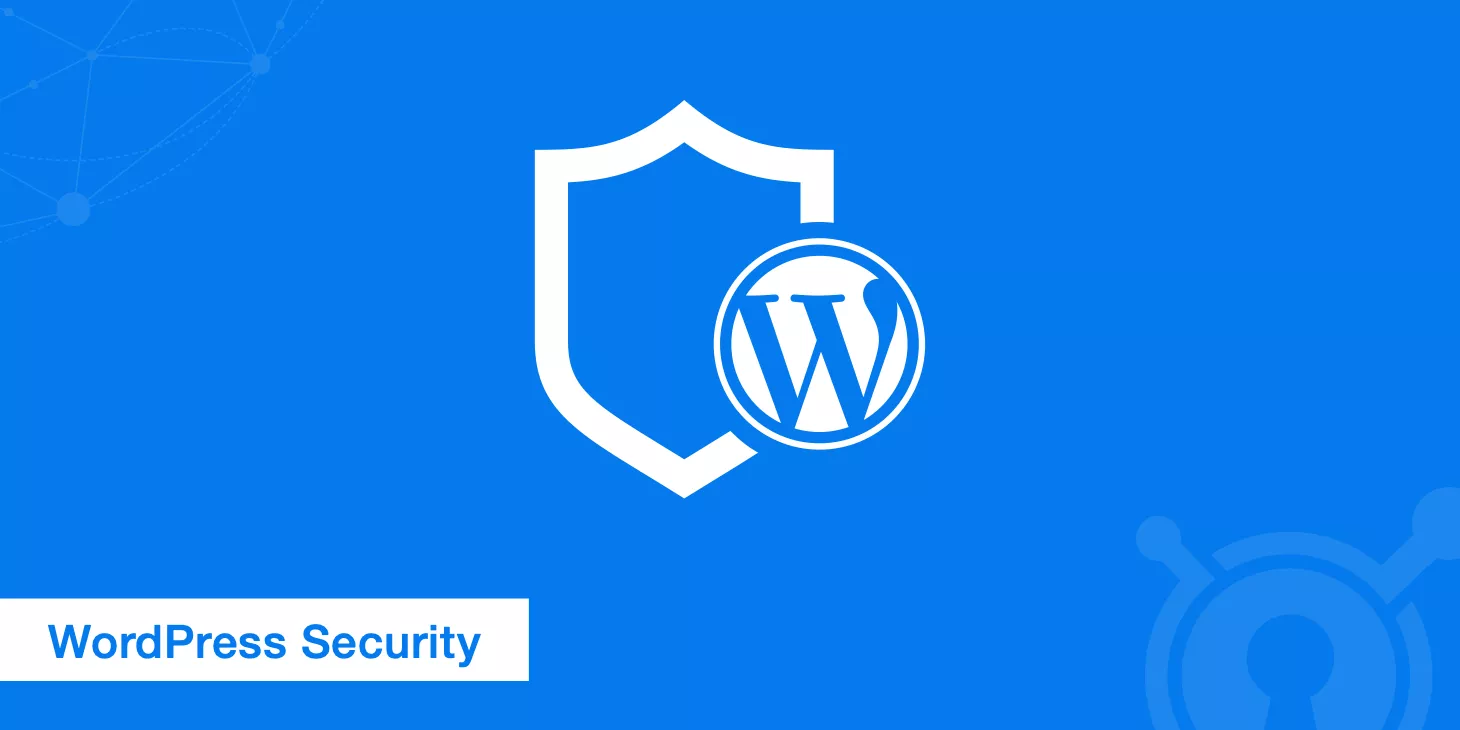Have you noticed that some keywords in your Search Console are getting tons of impressions, but the click-through rate is oddly low?
You’re getting visibility, but users just “glance and leave.”
The problem often lies in the first impression on the search results page: your title might not be catchy, the description lacks persuasion, or the content doesn’t really match what users are looking for.
A sneakier issue is that the keyword may seem to have lots of impressions, but your actual ranking is on the second page or beyond—meaning users never really saw your link.
This article is all about practical SEO. No heavy theory—just actionable templates and data tips to help you turn “empty impressions” into real clicks.

Table of Contens
ToggleHigh impressions ≠ high ranking
Just because a keyword has high impressions doesn’t mean users actually *saw* your link! For example, a keyword might get 1,000 daily searches just because it’s popular, but if your page shows up at the bottom of page 2, barely anyone will see it.
This kind of “fake visibility” can mislead your SEO efforts and waste valuable traffic opportunities.
The “trap” of impressions: Search volume ≠ actual exposure
- Search Console tracks how often a keyword appears in search results—even if your link is buried at the bottom of page 2 where no one looks, it still counts as one impression.
- Example: The keyword “how to do SEO” has 5,000 impressions, but an average ranking of 12 (page 2), meaning it might get fewer than 50 actual clicks.
Check real rankings: Focus on “Average Position”
In Search Console, filter by keyword, click into its details, and look at the “Average Position” (lower numbers mean higher rankings):
- 1-4: Usually gets 5%+ CTR (ideal spot);
- 5-10: CTR drops to around 2%-5% (needs better titles);
- Beyond 10: No matter how many impressions, CTR rarely goes above 2% (focus on boosting rankings first).
Optimization priority: Rank first, then chase clicks
If your average position is >10, your page doesn’t have enough authority. Trying to improve the click rate without ranking better won’t help. Focus on:
- Improving content quality: Add long-tail keywords, practical examples, and visual data like charts;
- Building backlinks: Get at least 500 backlinks from domains with voting power (check out independent site backlinks);
- Speeding up your site: Make sure mobile load time is under 3 seconds (use PageSpeed Insights to test).
Make users *want* to click
Even if your page reaches the first page of search results, a boring title is a dealbreaker. For example, look at these two side-by-side results:
- Title A: “Photography Tips for Smartphones in 2023”
- Title B: “Shoot Like a Pro! 3 Smartphone Tricks to Blow Up Your Likes”
90% of users will pick B because it hits their pain point and offers value. Your title isn’t a “keyword report” for Google—it’s a hook for real people.
Avoid mistakes before getting fancy
Length matters: Keep your title tags within 50–60 characters (longer ones get cut off with “…”).
- Bad example: “The Ultimate iPhone Photography Guide 2023 | From Beginner to Pro | Apple Camera Tips” → too long and repetitive.
Put keywords up front: Place your main keyword in the first third of the title so it doesn’t get hidden.
- Improved version: “iPhone Photography Guide | Top 2023 Tips for Beginners” → shorter and keyword-focused.
Give people a reason to click
Add action words: Use verbs like “download,” “get,” or “guide” to hint that clicking gives them something useful.
Before & After:
Old title: “Free SEO Tool Recommendations”
Optimized: “Download Now! 10 Free SEO Tools That Actually Work”
Create urgency:
- Limited offers: “Limited-Time Deal | Sign Up & Get ¥50 Off”
- Quick wins: “Learn in 3 Minutes | Create a Cinematic Vlog with Your Phone”
Stand out from competitors: Look at similar titles and highlight your unique edge.
Example: If most titles are like “WordPress Website Setup Tutorial,” go with something like “No Coding Needed! Build a WordPress Site in 1 Hour (Templates Included)”.
Test and validate your titles with data
- A/B testing: Use Google Optimize to try different titles on the same page. Run for 1–2 weeks and go with the higher CTR.
- Compare in Search Console: After updating a title, track CTR (clicks ÷ impressions) for 3–4 weeks. If it’s not up by at least 10%, keep improving.
- Third-party tools: Use the CoSchedule Headline Analyzer to check the emotional score of your titles (aim for 70+). Make sure your tone is energetic and attention-grabbing.
“Ad Copy” in Search Results
The meta description is that final push before a user clicks, but many treat it like a keyword dumping ground—dry and robotic. For example:
- Bad Example: “SEO tutorials, SEO tips, SEO training, SEO tools” → Just a list a robot could write. Totally unappealing.
- Optimized Example: “Beginner’s survival guide! 3 low-cost SEO tricks that doubled my traffic in a month” → Feels like a friend sharing tips. Makes you want to click.
The meta description doesn’t directly impact SEO rankings, but it hugely affects whether people click. Nail it, and it’s like running a free ad in search results.
Avoid robotic stuffing—write like a real person to connect
Wrong approach: Treating the meta description as a keyword dump (e.g. “phone repair, mobile repair, iPhone fix, screen replacement”).
Right approach: Use natural language to answer two questions:
- User’s pain point: “Phone screen black and won’t turn on?”
- Your value: “A 10-year repair pro shares a 3-step fix—solve 80% of issues yourself!”
Highlight solutions, build credibility
Ready-to-use templates:
Pain + Solution: “Tight on budget? 5 solid camping gadgets under $100—beginner-friendly!”
Data-driven results: “95% of students say: This Excel formula kit saves 2 hours a day”
Build trust with credibility elements:
Pro experience: “Design tips from a 10-year PPT pro”
Certifications: “ISO certified | Trusted by 5,000+ clients”
Keep it concise & clean
Character count tip: Stick to 150–160 characters (around 25–30 Chinese characters) to avoid being cut off.
- Too long example: “This guide walks you through Photoshop from scratch, including basic tools, layer management, color correction, poster design…” → Important info gets hidden.
Don’t just repeat the title: If the title says “iPhone Photography Guide,” the description can add value: “Includes 100 preset filters + top photo spots. A must-save for phone users.”
Test & optimize—don’t just guess
- Search result preview tools: Use tools like SISTRIX or SEO META IN 1 CLICK to see how your title and description look in search (especially on mobile).
- Use Search Console feedback: After tweaking the description, check click-through rates over 2–3 weeks. If a page still gets under 2%, rewrite it.
- A/B testing (advanced): Try different versions of the description for the same page using tools like Google Optimize or Ahrefs to see which gets the most clicks.
Matching Content to Search Intent
Ever had this happen? A user clicks your link hoping for a repair tutorial—but finds a bunch of tool ads instead. They leave in 3 seconds.
This is a classic case of mismatched search intent.
Search engines might show your page to more people, but if users feel misled, it leads to high bounce rates, low clicks, and possible ranking drops.
Quick guide: 3 types of search intent
Informational: User wants to learn or solve something (e.g. “How to water succulents” or “iPhone running slow?”).
- Content tip: In-depth guides, step-by-step solutions, FAQ-style content.
Commercial: User is comparing options (e.g. “Best robot vacuums 2023” or “Top wedding photographers in Shanghai”).
- Content tip: Side-by-side comparisons, pricing analysis, user reviews.
Navigational: User wants a specific site or feature (e.g. “WeChat official site” or “Zhihu login page”).
- Content tip: Direct links + how-to instructions (cut the fluff, give the link).
Manual check: Lock in user intent in 5 minutes
Steps:
- Search your keyword manually on Google;
- Check the top 10 results’ content type:
- If 80% are comparison articles, users want commercial info;
- If most are how-to videos, your product page—even if ranked high—won’t get clicks.
Match the content format of top-ranking pages, but go deeper or offer something unique.
Tweak your strategy: Small changes = big difference
Scenario 1: Users want tutorials, but your page is a product page.
- Add a “Solutions Section” at the top of the product page
(e.g., on an air purifier product page, add “3 Steps to Tackle Formaldehyde Issues | Includes Pro Testing Tips”).
Scenario 2: Users want a commercial comparison, but your content sounds too much like an ad.
- Add real user reviews and a competitor comparison chart (create it in Excel, then use a screenshot to avoid being copied).
Scenario 3: Users need a navigation link, but your page is a long article.
- At the start of the article, add a bold direct link (e.g., “>>>Click here to go straight to the official download page”).
Tool Tip: Analyze Keyword Intent in Bulk
- Free Method: Use Google’s “People also ask” section to discover related user questions.
- Paid Tool: SEMrush has a “Keyword Intent” feature that labels keyword types (Commercial/Informational/Navigational).
- Pro Tip: Avoid covering multiple intents in one piece (e.g., stuffing a product ad into a tutorial), or users will bounce fast.
Snag a “Special Display Spot”
If your link only shows a title and meta description on the search results page, users can easily scroll past it.
But if your page shows a star rating, FAQ box, or even a step-by-step list, your click-through rate could double!
These “special spots” are called Rich Snippets. They act like ad space in search results—instantly grabbing attention. Sometimes, a link ranked #5 with a Rich Snippet gets more clicks than the #1 spot without it.
Low-Cost Way to Set Up Structured Data
When & What Type of Code to Use:
- Product/Service Pages: Use
Productstructured data to show price and ratings (e.g., 4.5 stars + 200 reviews); - How-to Guides: Use
HowToorFAQto show steps or Q&A directly in search results (e.g., “You’ll need: 1. Scissors 2. Glue…”); - Articles/Blogs: Use
ArticleorBreadcrumbto show publish date and author info.
Steps to Set It Up:
- Use Google’s Structured Data Markup Helper to generate the code;
- Add the code to the
section of your HTML; - Use the Structured Data Testing Tool to check if it works.
How to Win the Featured Snippet (Position 0)
Content Tips:
- Answer the user’s question right away (e.g., “How to reduce swelling quickly?” → First sentence: “Use ice + elevate the area”);
- Use clear subheadings (like “## First Aid Steps ## Long-Term Care”);
- Keep paragraphs short (under 150 words) and skip the jargon.
Example Comparison:
- Basic version: “There are many ways to reduce swelling, depending on the situation…”
- Optimized for snippet: “3-Minute Fix: ① Ice for 10 mins → ② Apply anti-inflammatory cream → ③ Elevate the area above your heart.”
Track Results: Don’t Let Your Traffic Slip Away
Search Console Data: In the “Performance” report, filter for “Search Appearance” to track Rich Snippet impressions and clicks.
- Benchmark: Rich Snippets usually get 30%-50% higher CTR than regular results (if lower, check content relevance).
Third-Party Tools: Use Ahrefs or SEMrush to monitor competitors’ rich result features and adjust your content accordingly.
Keep Testing: Every time you add a new type of rich snippet, monitor results for 2–4 weeks. Keep any snippet that boosts CTR by 20% or more.
The real fix for “lots of views, few clicks” is turning visibility into desire.
Starting today, pick the keyword with the lowest click-through rate, follow these steps, and check back in 30 days with the results.





